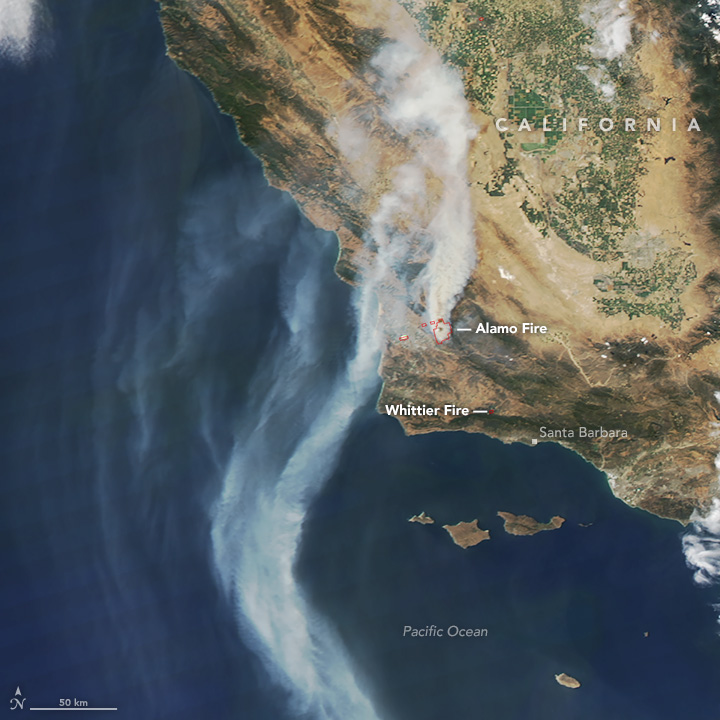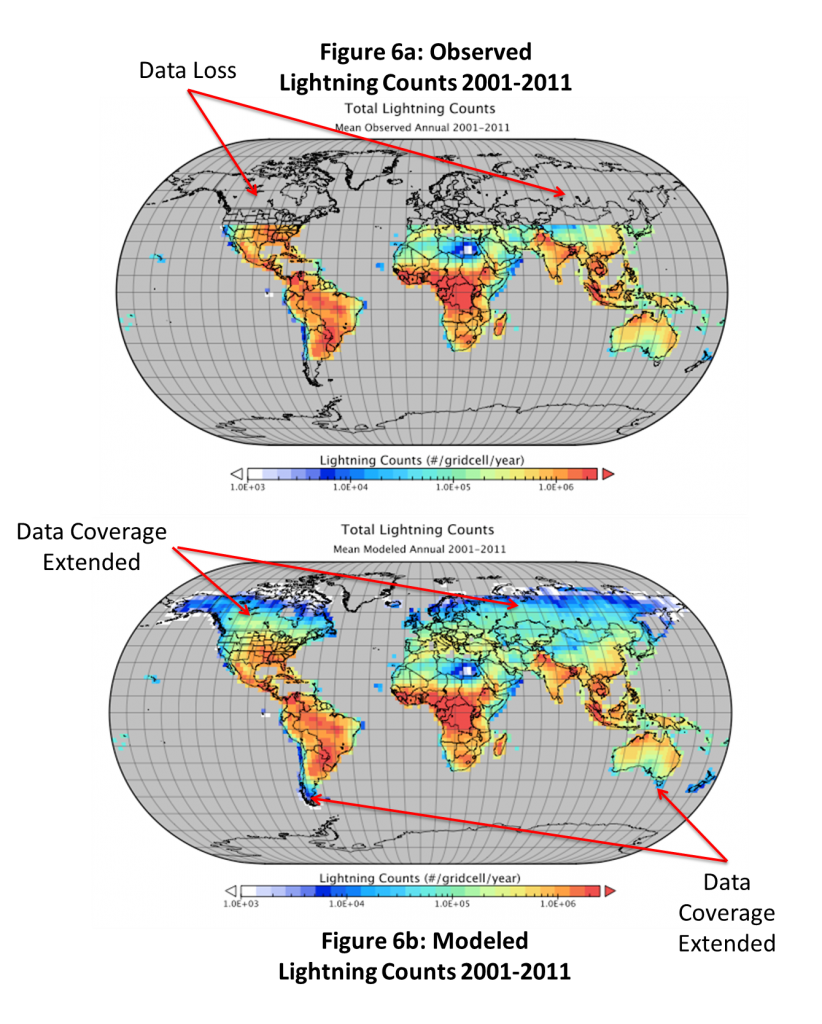I’m excited to be hosting an American Geophysical Union (AGU) session in December 2017 and excited about only having to fly to New Orleans instead of San Francisco. This is the first time in many many years that AGU has not been in San Fran. My session co-conveners are Sam Rabin (Germany), Fang Li (Beijing), and Guido van der Werf (Netherlands). Alex Schaefer (my PhD student) will certainly be out there, and I hope our session hosts a diverse set of oral and poster presentations that allow us all to collectively explore the many different scales of how to study fire patterns on our planet, and what it all means in the context of the on-going human-driven climate change. The session viewer link for AGU is at https://agu.confex.com/agu/fm17/preliminaryview.cgi/Session26024 and here are the details:
Session Title: Quantifying drivers of global and regional fire patterns using data and models
Session ID#: 26024
Session Description: Fire is a critical component of Earth system dynamics and the carbon cycle. However, since climate and human driving factors vary considerably over time and space, capturing observed patterns using simulations remains a major challenge. These challenges also result in important uncertainties in predicting future fire activity, understanding past fire activity, and quantifying the role of fire in the Earth system. Paleorecords offer a diverse source of global/regional fire data on decadal to millennial timescales. The present day has extensive satellite records and increasingly detailed observations. Fire model are informed by present day records, but offer a way to test fundamental hypotheses well beyond the present. This session seeks presentations that aim to quantify the role of humans and climate in driving patterns of fire at multiple spatiotemporal scales. The goal of our session is to foster interdisciplinary discussions of how data can inform models, and models can inform data.
Primary Convener: Brian Indrek Magi, University of North Carolina at Charlotte, Charlotte, NC, United States
Conveners: Sam S Rabin, Karlsruhe Institute of Technology, Karlsruhe, Germany, Fang Li, Inst. of Atmospheric Physics, Beijing, China and Guido van der Werf, Organization Not Listed, Washington, DC, United States
Cross-Listed: A – Atmospheric Sciences, GC – Global Environmental Change, NH – Natural Hazards
Index Terms: 0414 Biogeochemical cycles, processes, and modeling [BIOGEOSCIENCES], 0434 Data sets [BIOGEOSCIENCES], 0466 Modeling [BIOGEOSCIENCES], 1630 Impacts of global change [GLOBAL CHANGE]









